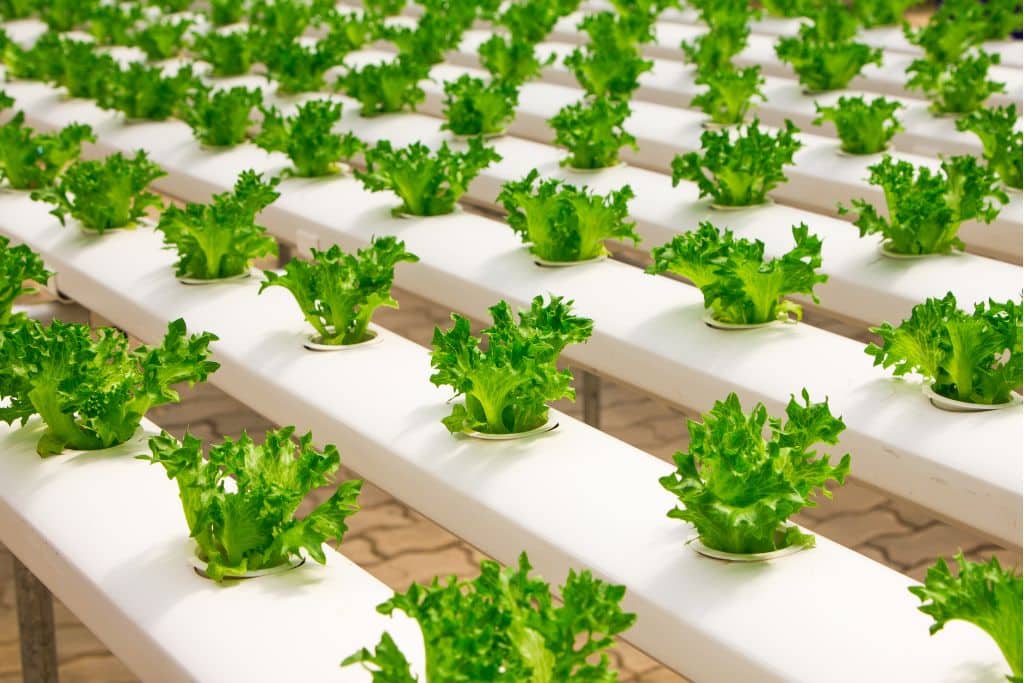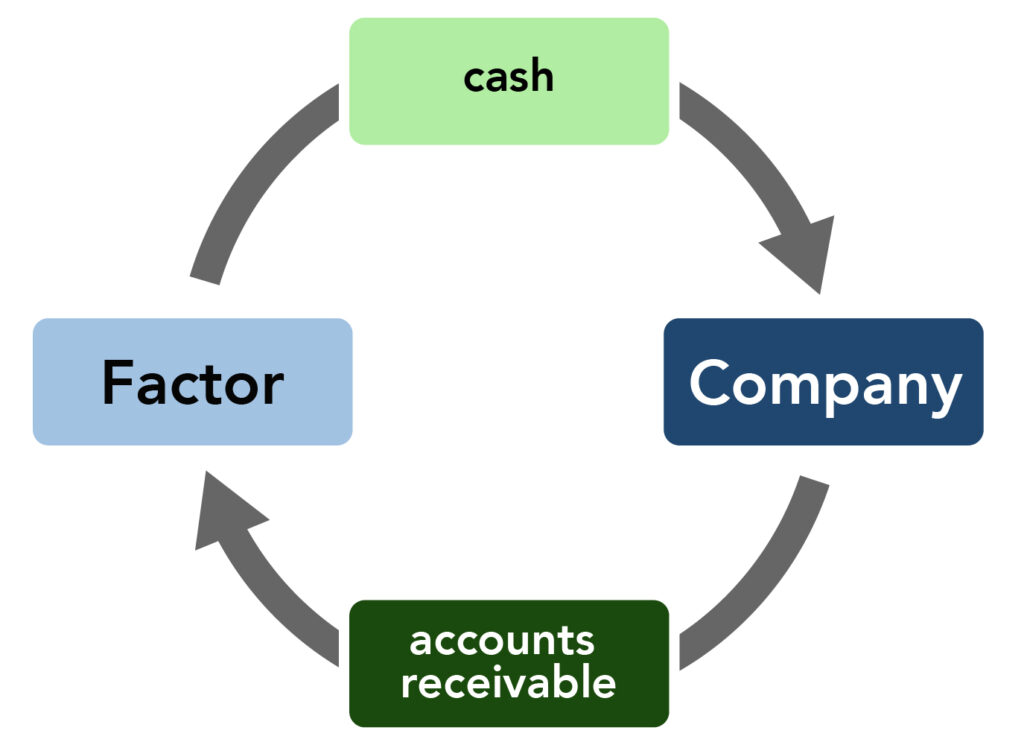drip irrigation advantages and disadvantages
Introduction:
Agriculture is one of the most important sectors in the world, and it plays a vital role in providing food and raw materials for various industries. However, agriculture also requires a lot of water, and with the increasing population and climate change, water resources are becoming scarce. This is where drip irrigation comes in. Drip irrigation is a method of irrigating crops that involves dripping water slowly and directly onto the roots of plants. This article will discuss the advantages and disadvantages of drip irrigation.

Advantages of Drip Irrigation:
Water Efficiency: Drip irrigation is an efficient method of watering plants because it delivers water directly to the roots of plants, reducing water wastage. Unlike conventional irrigation methods, drip irrigation can reduce water usage by up to 60%.
Better Plant Growth: With drip irrigation, water is applied slowly and evenly, which provides plants with a constant supply of moisture, promoting healthy plant growth. Drip irrigation also reduces the risk of waterlogging and soil erosion, which can harm plants.
Energy Efficiency: Drip irrigation requires less energy than traditional irrigation methods because it operates at a lower pressure. This reduces the amount of electricity needed to pump water.
Reduced Weeds and Pests: Drip irrigation only waters the plants, and not the surrounding soil. This reduces the growth of weeds and helps to control pests, which can cause damage to plants.
Suitable for All Soil Types: Drip irrigation can be used on any type of soil, from sandy soils to heavy clay soils. It can also be used on slopes and uneven terrain.
Disadvantages of Drip Irrigation:
Initial Cost: The initial cost of setting up drip irrigation can be high. It requires specialized equipment such as drip lines, emitters, and filters, which can be expensive.
Clogging: Drip irrigation systems are prone to clogging, which can reduce the effectiveness of the system. This can be caused by debris in the water or by mineral buildup in the drip lines.
Maintenance: Drip irrigation systems require regular maintenance to keep them functioning properly. This includes cleaning filters and emitters, repairing leaks, and replacing worn-out components.
Vulnerable to Damage: Drip irrigation systems are vulnerable to damage from rodents, birds, and other pests that can chew through the drip lines or emitters.
Not Suitable for Large Scale Farming: Drip irrigation is not suitable for large-scale farming because it requires a lot of labor to set up and maintain the system.
What are the advantages of drip irrigation?
Drip irrigation is a type of irrigation system that involves dripping water onto the roots of plants through a network of pipes and emitters. The advantages of drip irrigation include water conservation, increased efficiency, reduced soil erosion, and improved plant growth.
What is the disadvantage of drip irrigation system?
The main disadvantage of drip irrigation is that it can be more expensive to install than other irrigation systems. Additionally, if the emitters are not placed properly, some plants may not receive enough water, while others may receive too much.
What are 3 disadvantages of irrigation?
Three disadvantages of irrigation include soil salinization, waterlogging, and depletion of groundwater resources. Soil salinization occurs when irrigation water contains too much salt, which can damage plant roots and reduce crop yields. Waterlogging occurs when too much water is applied to the soil, leading to reduced oxygen levels and suffocation of plant roots. Depletion of groundwater resources occurs when groundwater is extracted faster than it can be replenished, leading to long-term declines in water availability.
What are the 7 advantages of drip or trickle irrigation?
The seven advantages of drip or trickle irrigation include:
- Water conservation: Drip irrigation is more efficient than other irrigation methods, which can help conserve water resources.
- Increased efficiency: Drip irrigation delivers water directly to the roots of plants, reducing water loss due to evaporation or runoff.
- Reduced soil erosion: Drip irrigation can help reduce soil erosion by delivering water slowly and evenly to the soil.
- Improved plant growth: Drip irrigation can help improve plant growth by delivering water and nutrients directly to the roots.
- Reduced weed growth: Drip irrigation can help reduce weed growth by delivering water only to the plants, not to the surrounding soil.
- Reduced disease and pest problems: Drip irrigation can help reduce disease and pest problems by keeping plant leaves dry and reducing humidity levels.
- Improved crop yield: Drip irrigation can help improve crop yield by delivering water and nutrients directly to the roots of plants, leading to healthier plants and higher yields.
Drip irrigation advantages and disadvantages pdf
A PDF document that outlines the advantages and disadvantages of drip irrigation is a useful resource for those considering installing a drip irrigation system. It can provide detailed information on the benefits and drawbacks of this irrigation method, as well as tips for proper installation and maintenance.
Disadvantages of drip irrigation
In addition to the higher installation costs and potential for uneven water distribution mentioned earlier, other disadvantages of drip irrigation include clogging of emitters, higher energy costs for pumping water through the system, and the need for regular maintenance to ensure proper operation.
Uses of drip irrigation
Drip irrigation can be used in a variety of agricultural and horticultural settings, including vineyards, orchards, row crops, and vegetable gardens. It can also be used for landscape irrigation in residential and commercial settings, as well as for greenhouse and nursery production.
What is drip irrigation?
Drip irrigation is a type of irrigation system that delivers water directly to the roots of plants in small amounts, either by using pipes or tubes with small emitters or by using a porous hose.
How does drip irrigation work?
Drip irrigation works by delivering water to the roots of plants in small, precise amounts. The water is either dripped slowly through small emitters or sprayed in a fine mist through a porous hose.
What are the advantages of drip irrigation?
Drip irrigation has several advantages over other forms of irrigation, including:
- Reduced water usage: Drip irrigation delivers water directly to the roots of plants, reducing water waste due to evaporation and runoff.
- Improved plant growth: Drip irrigation provides a consistent supply of water to plants, which can improve their growth and yield.
- Reduced weed growth: Drip irrigation only delivers water to the plants, not to the surrounding soil, which can reduce weed growth.
- Reduced fertilizer usage: Drip irrigation can be used to deliver fertilizers directly to the roots of plants, reducing the amount of fertilizer needed.
What are the disadvantages of drip irrigation?
While drip irrigation has several advantages, there are also some disadvantages, including:
- High initial cost: Drip irrigation systems can be more expensive to install than other types of irrigation systems.
- Clogging: Drip irrigation systems can be prone to clogging, especially if the water being used is high in minerals or sediment.
- Maintenance: Drip irrigation systems require regular maintenance to ensure that they are working properly.
- Vulnerable to damage: Drip irrigation systems are vulnerable to damage from rodents, insects, and other pests.
What crops are best suited for drip irrigation?
Drip irrigation is suitable for a wide range of crops, including vegetables, fruits, flowers, and trees. It is particularly well-suited for crops that require consistent soil moisture, such as tomatoes, peppers, and strawberries.
Can drip irrigation be used in all climates?
Drip irrigation can be used in a wide range of climates, but it is most effective in areas with low humidity and low rainfall. In areas with high humidity or heavy rainfall, drip irrigation may not be as effective at delivering water to the roots of plants.
Is drip irrigation better than other types of irrigation?
Drip irrigation has several advantages over other types of irrigation, including reduced water usage, improved plant growth, and reduced weed growth. However, the effectiveness of drip irrigation depends on several factors, including the type of crop being grown, the climate, and the quality of the water being used. In some cases, other types of irrigation, such as sprinkler irrigation or flood irrigation, may be more effective.
Conclusion:
Drip irrigation has many advantages, such as water efficiency, better plant growth, energy efficiency, reduced weeds and pests, and suitability for all soil types. However, it also has some disadvantages, such as initial cost, clogging, maintenance requirements, vulnerability to damage, and unsuitability for large-scale farming. Despite its disadvantages, drip irrigation remains a popular and effective method of irrigation, particularly in areas with limited water resources.





